The two-shilling piece or florin
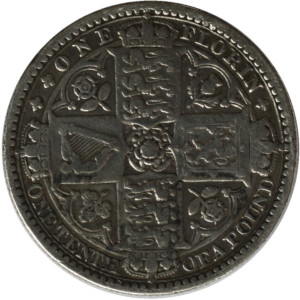
The two-shilling piece or florin was a silver coin in the old British pounds, shilling and pence currency system.
A florin was worth two shillings or twenty-four pence (24d). It was also one tenth of a pound.
The face value of a florin today is 10p in Britain's decimal system. The new 10p piece and the two-shilling piece it replaced were identical in size and weight.
Origins of the two-shilling piece
The Royal Mint issued the first florin in 1849. It was called a gothic florin because of the design and the portrait of Queen Victoria, which was in medieval style.
The first florins were called 'godless and graceless' because the Royal Mint omitted the inscription Dei Gratia, meaning, 'by the Grace of God'. The 1851 issue corrected this.

The florin was worth one tenth of a pound. It was a first step towards decimalisation . It was a step that Britain did not follow for over one hundred years.
The florin remained a British coin until decimalisation. The coin was inscribed 'One Florin' until 1937 when it was marked 'Two Shillings'. Edward VII florins (1902-1910) had both inscriptions.
The 1936 florin bore the portrait of George V, who died on 20 January 1936. The same coin was issued under the reigns of George V, Edward VII and George VI. It is known to collectors as the 'three kings florin'.
Like other British silver coins, the florin was sterling silver (.925 silver) until 1921. From 1921 to 1946 it was .500 silver and cupro-nickel from 1947.
Decimalisation
The last two-shilling pieces were minted and in general circulation in 1967. A new coin of the same size and weight, but with a value of ten new pence, was first minted in 1968. Given that there were one hundred new pence in a pound, it had the same value as the old two-shilling coin. The old coins continued in circulation alongside the new coins and were treated as ten pence pieces after 1971.
The two-shilling piece remained legal tender until 1 July 1993. All two-shilling coins minted from 1849 onwards were still legal tender until this date.

The two-shilling piece had the strange distinction of being both Britain's first decimal coin and the last 'old money' coin still to be legal tender.
The very last florin
The Royal Mint issued a 1970 proof set of the last 'old money' coins. The set contained a two-shilling piece dated 1970.
The first 10p piece was issued in 1968, in preparation for decimalisation. There was a 10p coin in issued in 1970, the same year as the last florin.
What could you buy for a shilling?
In 1971 when Britain went decimal, two shillings were worth around £2 in today's money.
By Steven Braggs, May 2023
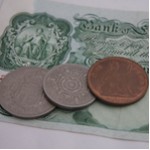
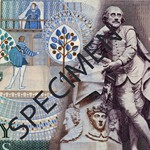
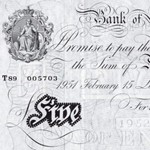
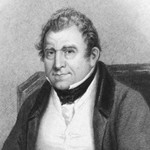
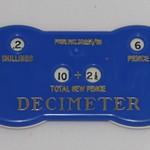



Comments